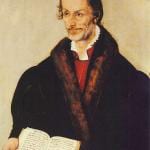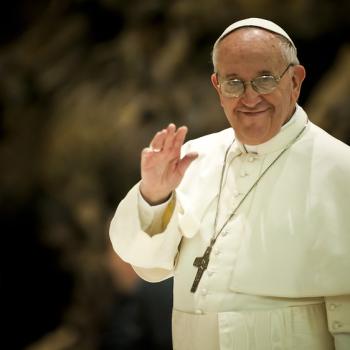
Papal nitpicker Phil Lawler (“Personally I am not a traditionalist. I love the Latin Mass, and attend it occasionally, but I do not seek it out”: 8-24-17), author of the notorious book, Lost Shepherd: How Pope Francis is Misleading His Flock (2018), which I have critiqued many times, appears to expressly question the Second Vatican Council. The use of the word “ambiguities” in particular is taken straight from the playbook of reactionaries. They clearly have influenced Lawler’s thought, even though he is not one of them (since he hasn’t forsaken the ordinary form Mass).
One of the key differences between us plain old “orthodox” Catholics and those who call themselves traditionalists; and the more radical reactionaries, is in our view of Vatican II. The non-traditionalist, non-reactionary orthodox Catholic contends that the council itself was fully orthodox and in line with previous Catholic tradition (Pope Benedict XVI’s “hermeneutic of continuity”), and that its teachings were cynically distorted by liberals after the council for their own nefarious purposes (“the spirit of Vatican II”).
The traditionalist and (more so) reactionary usually argue that there are intrinsic problems with the council documents themselves, which arose from modernist influence at the council: folks who deliberately planted “ambiguous time-bombs” that could later be interpreted in a heterodox manner, in contradiction to received Catholic tradition.
One can observe Lawler below grappling with the issue and being torn between these two options. Though he doesn’t come right out and firmly espouse reactionary views, his rhetoric suggests that they are altogether respectable, honest interpretations, and worthy of consideration. And in my opinion, that is already going way too far and forsaking the uncompromising, strong view of the authority of ecumenical councils that observant Catholics have always held.
*****
But what about the “conservative” interpretation? Is it persuasive? Can it be reconciled with the facts? . . . the time has come for a frank—that is, uncensored—discussion of these questions.
Did the problems that arose after Vatican II come solely because the Council’s teachings were ignored, or improperly applied? Or were there difficulties with the documents themselves? Were there enough ambiguities in the Council’s teaching to create confusion? If so, were the ambiguities intentional—the result of compromises by the Council fathers?
Suggesting that there could be difficulties with some Vatican II documents does not mean denying the authority of the Council’s teaching. No document drafted by human hands will ever be perfect. There may be a need for clarification, elucidation, explanation, even correction.
More to the point, while it is certainly true that the “spirit of Vatican II” that is often cited in support of radical changes cannot be reconciled with the actual teachings of the Council, it is also true that the proponents of change can cite specific passages from Council documents in support of their plans.
So are those passages being misinterpreted. Are they taken out of context? Or are there troublesome elements of the Council’s teaching, with which we should now grapple honestly? One thing is certain: we will not solve the problem by pretending that it does not exist. (“Let’s stop pretending: something DID go wrong after Vatican II,” Catholic Culture, 8-23-17)
***
Related Reading
See many papers on Vatican II (via word search) on my Church web page.
***
Photo credit: Pope St. Paul VI makes Joseph Ratzinger a cardinal in 1977 [public domain / Wikimedia Commons]
***












